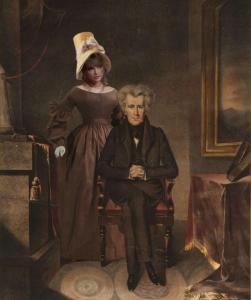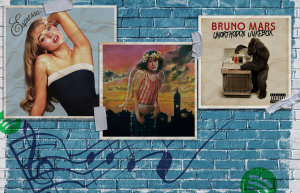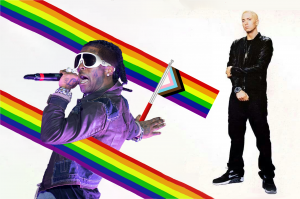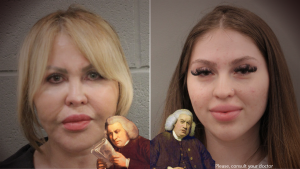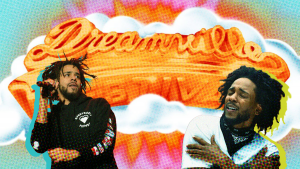Romance has become synonymous with film as a tried-and-true method of getting an audience engaged with the problems of the main characters. There’s a reason that there is an entire genre of films dedicated to the love that blossoms between two lead characters: it is a guaranteed path to success and relatability.
What I personally find more interesting are the different angles and approaches that films outside of the romance genre will take with a relationship in the plot. Whether it be as simple as additional backstory for a character or playing a more pivotal point in the film, there are many different ways that films have portrayed relationships on screen over the years.
Backstories most definitely feel like the most popular way that relationships sneak their way into non-romance films, and while it truly comes in waves, you can certainly feel the lack of care put into some of these background relationships and characters as not much more than obligations of the screenplay.
One clear example of a perfect on-screen romance in a non-romance film that primarily serves the purpose of backstory and motivation comes from the first 10 minutes of Pixar’s “Up.” Everyone who has seen “Up” will sing the praises of its opening sequence, as we see the entire growing story of the relationship of Carl and Ellie from its humble beginnings to its bittersweet end. It’s a sequence that you can easily argue is the best that Pixar has ever made, and it is a perfect showing of how relationships can elicit just as effective emotion from an audience, even in genres outside of romance.
One of the most popular forms of highly developed and engaging romance plot points in films that wouldn’t normally be associated with the romance genre comes with the extension that the relationship in question evolves over the course of multiple films. It simply makes sense that, after planting the seeds and setting up for a relationship in an initial film, we see these characters and their relationship grow more and more as films continue, even if the films themselves do not have their relationship as the main focus.
Simply because it’s a franchise that I had been watching recently in preparation for the newest entry, one of the best examples of this that comes to mind is that of the growing relationship of Gale Weathers and Dewey Riley in the “Scream” franchise. As we see these characters meet and eventually hook up in the first film, it grows to us seeing them become engaged by the end of the third film, and even a look into their happily married life 10 years later by the fourth film.
For a more well-known blockbuster example, you need to look no further than the iconic relationship of Han Solo and Princess Leia in the “Star Wars” franchise. While both characters were introduced in the saga’s fourth episode, “A New Hope”, their connection really hit its stride in the fifth episode, “The Empire Strikes Back,” and continued to grow and evolve in sequels, spinoffs and reboots aplenty. It’s definitely what I would consider to be the first example that comes to mind when people think “good romance in a non-romance film,” and its ability to stay in the public zeitgeist after all of these years is proof of just how memorable an on-screen romance can be, no matter the genre.
Romance has a place in all types of films, and is far from limited to that genre. Relationships are an important part of many of our lives, and seeing similar relationships done well on screen can really help us connect with these characters and the stakes at hand. As long as movies are going to be made, you can be sure that a good portion of them will feature some great on screen relationships, romance films or otherwise.
